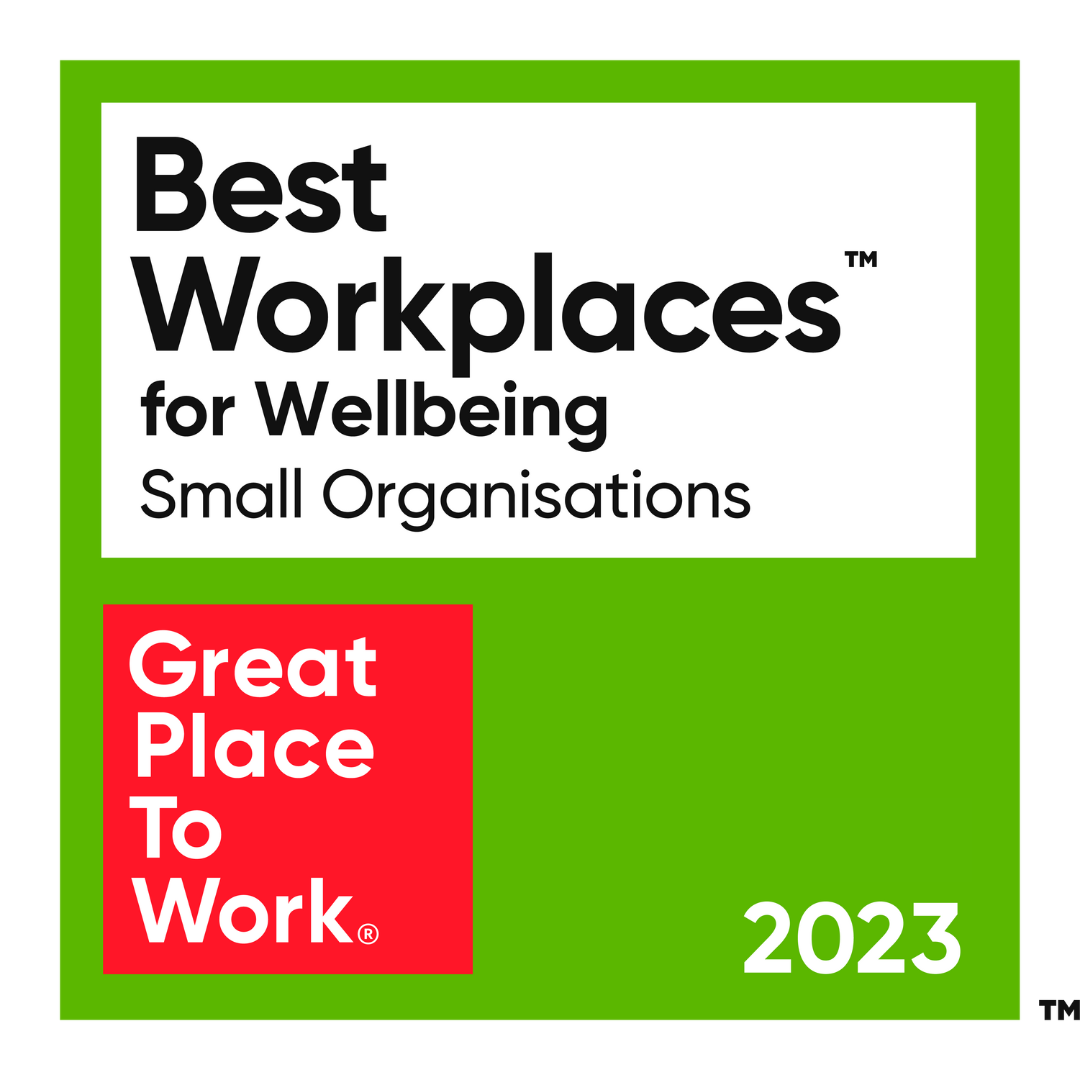A pitch is ultimately a decision-making process. It’s about finding the right agency for your business. It could be your old agency, it could be multiple agencies, or it could be a new agency. But at the heart of every great pitch is a clear set of decision moments when you reduce the contenders and test the shortlist before deciding on a winner/winners.
Get this process right and you can look back with pride that you ran an objective pitch, balanced the needs of stakeholders and came up with the best possible solution for your business.
A good pitch process should make the decision hard but the right framework will also help make it objective. Getting to that point means doing three things well before the pitch starts:
First, you need to establish the framework of evaluation up front. This is the gold dust magic of an objective pitch.
We’ve run pitches that cover 80 markets around the world with vast stakeholder sets, so determining what matters at the off is vital. It’s also much easier at the start rather than at the end of the process when tempers can be frayed by the work created by the project.
War game potential scenarios. You may have a stakeholder split – take, for example, a big global advertiser currently working with multiple agency groups across multiple regions. Let’s say all regions are broadly happy with their existing agency but see the benefit of a review. In this scenario you need to manage the weighting by region and determine what threshold score will be required to trigger a full consideration, rather than a potential regional realignment.
You would also want to work out what happens if the two most significant stakeholders, often the CMO and CPO, cannot agree. Getting all these things early will enable the decision making at the end better.
The second key part of the preparation is to make sure that your scoring system is correctly balanced between capabilities, commercial and culture. Getting this right means making sure that agencies understand where they should focus, that it’s not purely all about cost and that you do care about talent and strategy. Every pitch is different, but we’d broadly suggest a 40:40:20 mix across capabilities, commercial and culture. When commercial edges above 50%, then it can be seem as purely a price-led process and that changes the dynamics.
These breakdowns are important because they tell the agency community they can’t buy it but also can’t undervalue the pricing element and that capabilities and talent still matter.
Our final tip about the decision-making tree is that when you break down this framework to cover specific elements, don’t be too granular. When you go down that path, stakeholders can get evaluation fatigue. Make the proportions sizable so they are significant and the stakeholders can appreciate the importance of each key element.
Sharing your evaluation criteria with agencies is also helpful. It gives them transparency and helps them know what they have to do to win. This should mean that they are more likely to tailor their offer to your precise needs and give you a tough choice at the end of the process.
For advertisers, getting these three elements right means an objective pitch and a team that’s happy about the decision they make.
Watch the ID Comms #MediaSnack episode here:

.png?width=300&name=MEDIA%20SNACK%20TEMPLATES%20(4).png)



COMMENTS